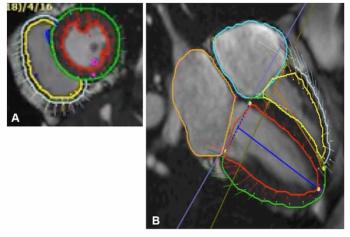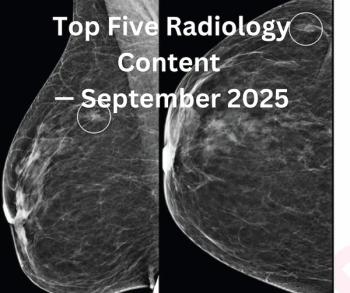
- Diagnostic Imaging Vol 32 No 5
- Volume 32
- Issue 5
Cardiac imaging system reduces scan time
A new SPECT cardiac imaging system that uses a cadmium zinc telluride-based high-speed, high-resolution camera dramatically reduces imaging time for patients while also reducing radiation exposure.
A new SPECT cardiac imaging system that uses a cadmium zinc telluride-based high-speed, high-resolution camera dramatically reduces imaging time for patients while also reducing radiation exposure.
With conventional nuclear cardiac imaging, patients must hold their arms above their heads for two cardiac scans taking about 15 to 20 minutes each. GE's Discovery NM 530c reduces that time to three to five minutes per scan.
The new CZT-based nuclear cameras have already made a big difference in evaluating patients for coronary artery disease, said Dr. Milena J. Henzlova, a professor of medicine at Mount Sinai, the first facility in the U.S. to use the new device routinely.
“In addition to significantly reducing patient radiation exposure and increasing the number of patients we examine each day, this technology provides a cost-effective way for us to diagnose heart disease quickly and with confidence so that patients receive treatment sooner,” Henzlova said.
Articles in this issue
over 15 years ago
Health reform is one thing, but legislators are not physiciansover 15 years ago
Breast surgeons to tackle screening mammographyover 15 years ago
Tips for relieving workstation strainover 15 years ago
Nothing wrong with techs seeking a 'time out'over 15 years ago
Multidetector CT reveals diverse variety of abdominal herniasover 15 years ago
Watch out if depression doesn't show up on x-rayover 15 years ago
How to get the gain without the pain in shift to 3T MRover 15 years ago
Shearwave elastography improves breast lesion Dxover 15 years ago
Breast-specific gamma scans monitor chemoover 15 years ago
Pathologist onsite cuts repeat thyroid biopsiesNewsletter
Stay at the forefront of radiology with the Diagnostic Imaging newsletter, delivering the latest news, clinical insights, and imaging advancements for today’s radiologists.



























